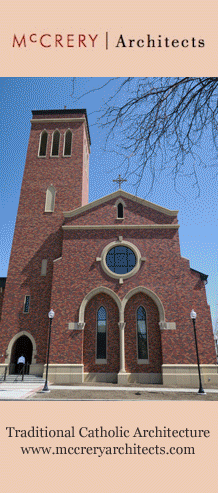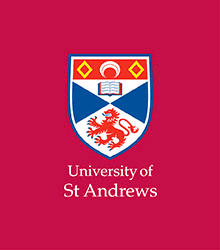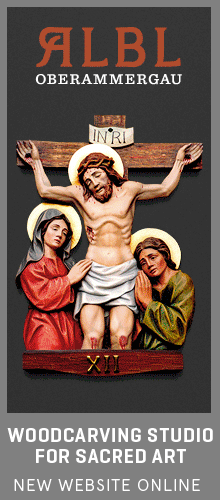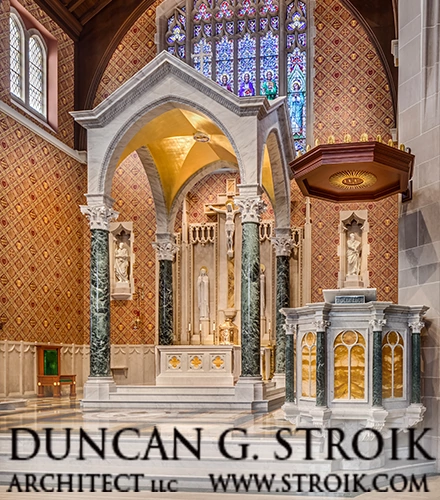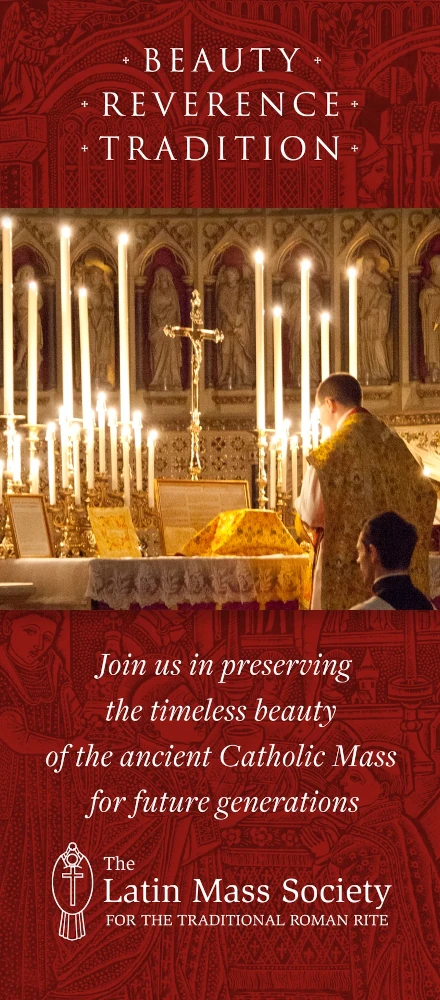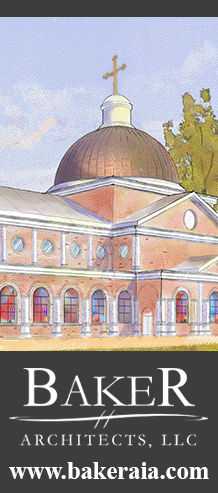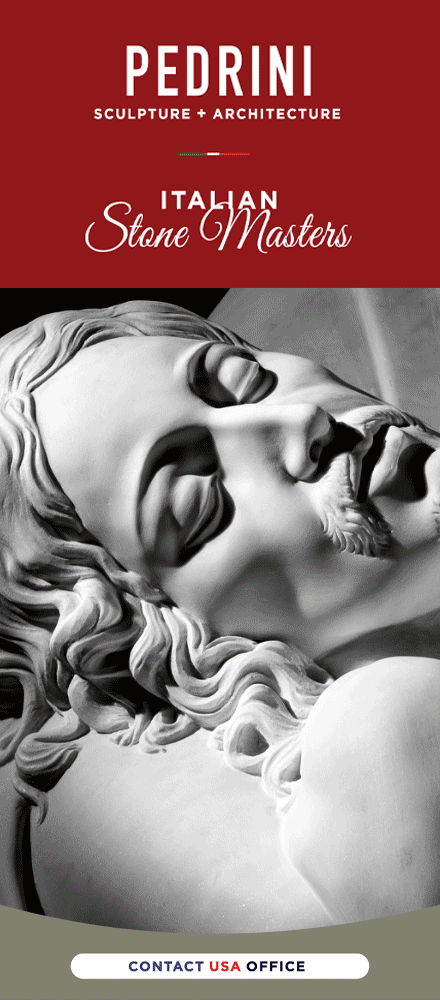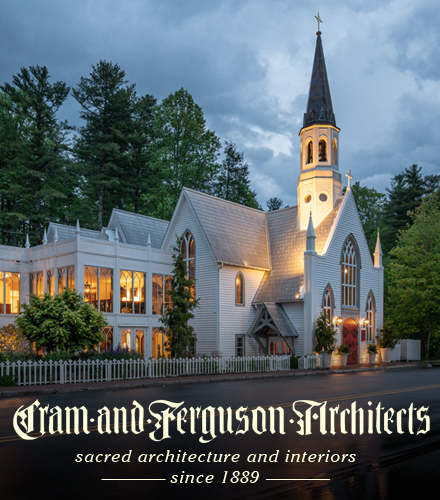At Rome, the commemoration of very many holy martyrs, who were falsely accused by the Emperor Nero, to turn away from himself the hatred incurred by having set the city on fire, and were ordered by him to be put to death most cruelly in various ways. Some were covered up in the skins of wild beasts and put to be torn by dogs, some were crucified, while some were burnt as torches to give light by night. These were all disciples of the Apostles, and the first martyrs whom the Church of Rome, a field fruitful in martyrs, sent to be with the Lord, even before the slaying of the Apostles themselves. (From the Roman Martyrology. Before the feast of the Roman Protomartyrs was added to the general Calendar in 1969, this notice was read on June 24.)
But all human efforts … did not banish the sinister belief that the conflagration (which destroyed much of Rome in July of 64 A.D.) was the result of an order. Consequently, to get rid of the report, Nero fastened the guilt and inflicted the most exquisite tortures on a class hated for their abominations, called Christians by the populace. Christus, from whom the name had its origin, suffered the extreme penalty during the reign of Tiberius at the hands of one of our procurators, Pontius Pilatus, and a most mischievous superstition, thus checked for the moment, again broke out not only in Judaea, the first source of the evil, but even in Rome, where all things hideous and shameful from every part of the world find their center and become popular. Accordingly, an arrest was first made of all who pleaded guilty; then, upon their information, an immense multitude was convicted, not so much of the crime of firing the city, as of hatred against mankind. Mockery of every sort was added to their deaths. Covered with the skins of beasts, they were torn by dogs and perished, or were nailed to crosses, or were doomed to the flames and burnt, to serve as a nightly illumination, when daylight had expired.
Nero offered his gardens for the spectacle, and was exhibiting a show in the circus, while he mingled with the people in the dress of a charioteer or stood aloft on a car. Hence, even for criminals who deserved extreme and exemplary punishment, there arose a feeling of compassion; for it was not, as it seemed, for the public good, but to glut one man’s cruelty, that they were being destroyed. (Tacitus, Annals book XV, chapter 44)
 |
| The Torches of Nero, by Henryk Siemiradzki, 1876 |
Nero offered his gardens for the spectacle, and was exhibiting a show in the circus, while he mingled with the people in the dress of a charioteer or stood aloft on a car. Hence, even for criminals who deserved extreme and exemplary punishment, there arose a feeling of compassion; for it was not, as it seemed, for the public good, but to glut one man’s cruelty, that they were being destroyed. (Tacitus, Annals book XV, chapter 44)


